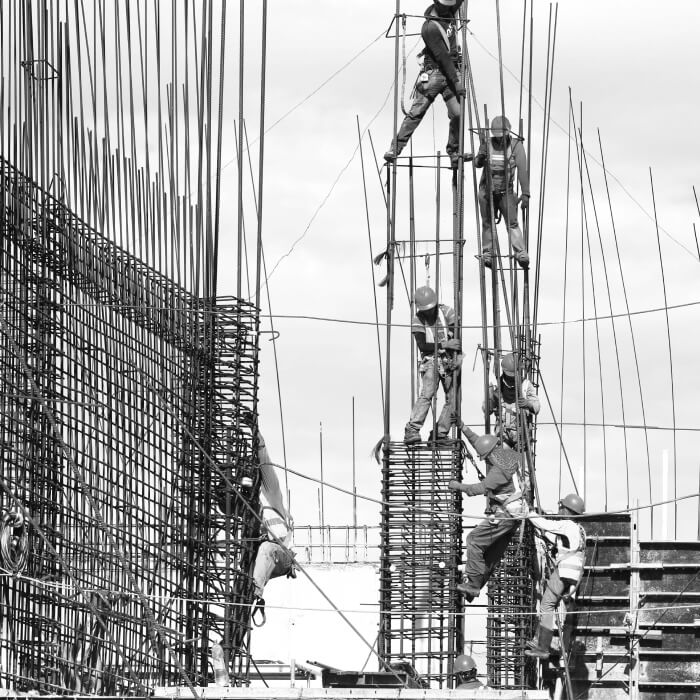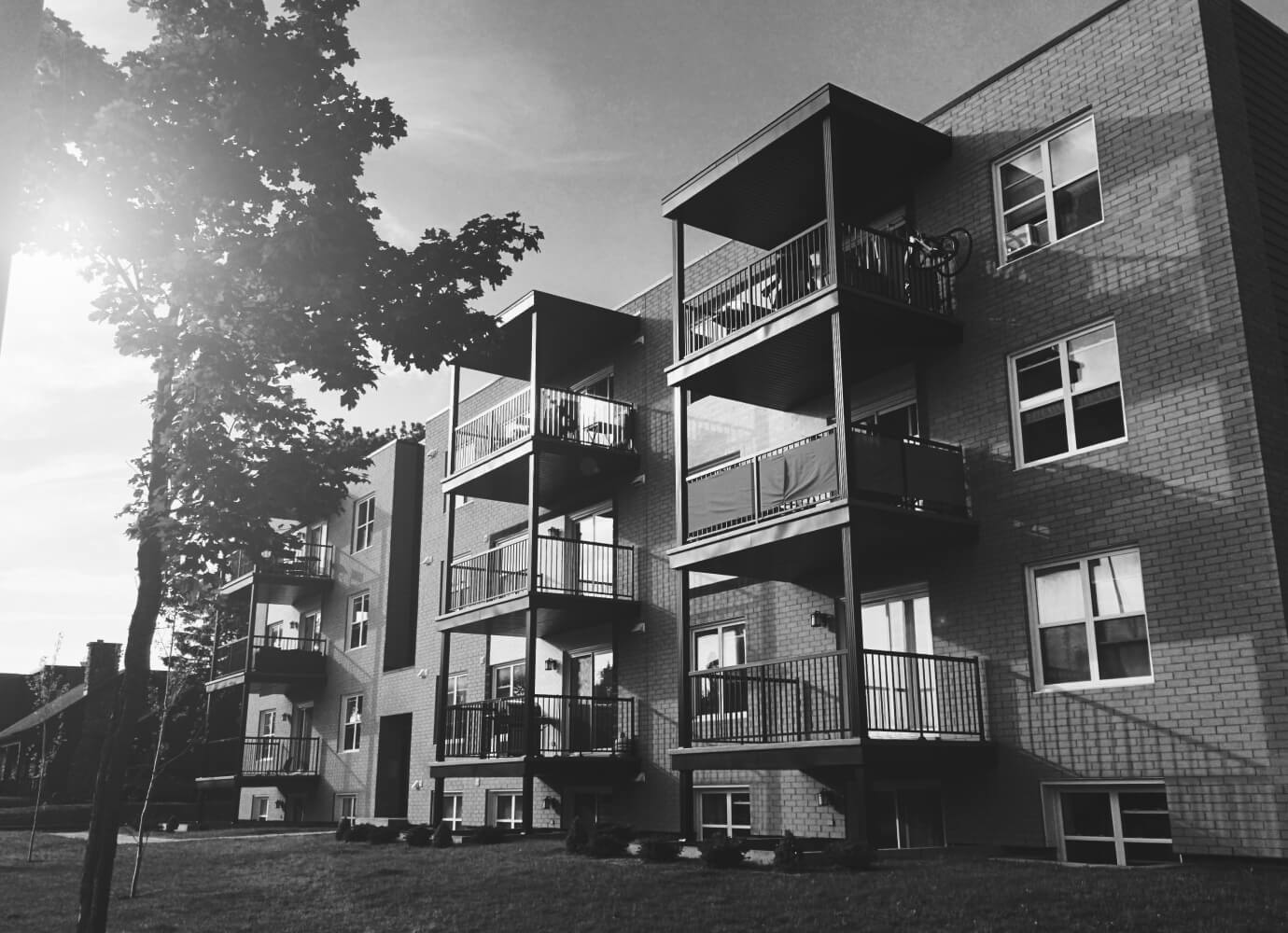Through these reforms, California can take a huge step towards creating a worker-centered ecosystem that protects the right to organize, creates pathways to quality jobs, and raises wages.
Quality
Jobs &
Worker
Power

Read our paper with the Stanford Center on Poverty & Inequality!
A Roadmap to An Inclusive Economy







